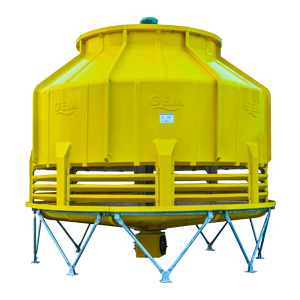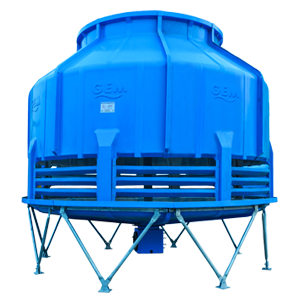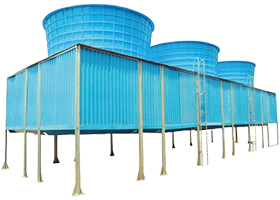Why Are Cooling Towers Needed?
With the rising global population, the demand for consumer goods is increasing rapidly. As a result, industries and manufacturing units are under constant pressure to scale up production. This heightened production leads to a significant increase in heat generation within manufacturing environments.
To ensure machinery operates efficiently and safely, this excess heat must be continuously managed. An effective, efficient, and economical solution is the installation of evaporative cooling towers, which help remove unwanted heat from the system and maintain optimal working conditions.




